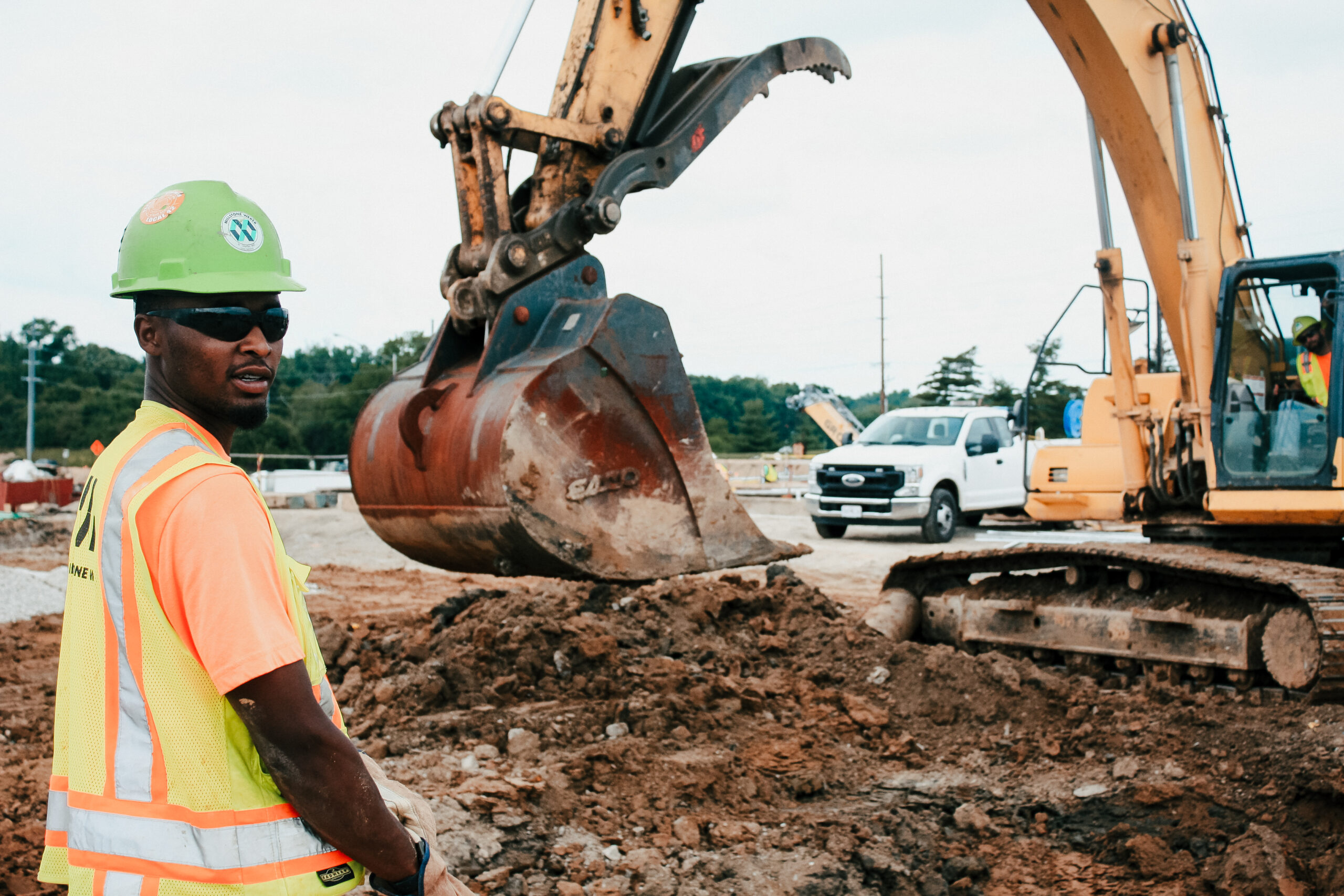News & Awards
One Year Later: COVID and the Construction Industry
June 17th, 2021
It’s no secret that COVID threw a massive wrench in nearly every industry worldwide. Over a year later and we continue to feel the effects in almost every aspect of life. How we work, how we greet, how we play, how we shop…
We were all put in a position where social distancing and masking-up dictated every facet of how we live. Restaurant, entertainment, and hospitality businesses have been devastated by the lack of in-person activities, while other fields such as shipping and IT are more important than ever.
So since you’re here reading this blog, you may ask “how has the construction industry been impacted?” You will be happy to know that all things considered, the construction industry has remained relatively strong. Admittedly, the pandemic has slowed some progress and forced new processes; but much like the people who make up the workforce, the industry has remained resilient.
What Has Changed?
Long before COVID, safety was the number one priority in any sector of construction. The ultimate goal is for everyone to get home safe at the end of the day. Considering this was the mentality before COVID, continuing—and elevating—this mindset wasn’t too large of an adjustment. Luckily, craft professionals have long been familiar with wearing personal protective equipment. Masks have joined ranks among hard hats, gloves and safety glasses among the required pieces of PPE.
However, not all changes were so seamless. One of the biggest adjustments was how we handled training, meetings, career fairs, and the hiring process. We went from in-person to online overnight, and this took some time to adjust to. Although our work remains in motion, we had to slow down or shift timelines to follow the new guidelines that were put in place. Fortunately, our crews are made up of rockstars and they were able to adapt quickly in order to remain on schedule.
What Has Stayed the Same?
Although construction has changed and evolved in some ways due to the COVID-19 pandemic, much has stayed the same.
The demand for professionals remains at the top of this list. The construction industry has been facing a workforce shortage and a high demand for trained and skilled craft professionals for many, many years. This continues to be one the of the greatest threats to the industry.
 There are many variables that factor into the labor shortage. One of the main ones being the aging construction workforce. The average age of a craft professional is between 48-52 years old, and many of the industry’s experienced employees are either approaching retirement or have already done so. Basically, not enough young folks are getting into the business. Long-standing misconceptions about the industry push students away from pursuing a career in construction, while the persistent idea that a four-year university degree is key to success pushes students toward college and away from trade schools, training programs and apprenticeships. While these stereotypes are largely debunked and the benefits are widely showcased, the misconceptions still linger due to decades of reputational low-blow’s to our industry. We’re not going to linger too much on these stereotypes in this blog. You can check out “Heroes in Hard Hats” and “4 Benefits of a Career in Construction” over on our blog homepage if you want to learn more about that—and I highly recommend you do.
There are many variables that factor into the labor shortage. One of the main ones being the aging construction workforce. The average age of a craft professional is between 48-52 years old, and many of the industry’s experienced employees are either approaching retirement or have already done so. Basically, not enough young folks are getting into the business. Long-standing misconceptions about the industry push students away from pursuing a career in construction, while the persistent idea that a four-year university degree is key to success pushes students toward college and away from trade schools, training programs and apprenticeships. While these stereotypes are largely debunked and the benefits are widely showcased, the misconceptions still linger due to decades of reputational low-blow’s to our industry. We’re not going to linger too much on these stereotypes in this blog. You can check out “Heroes in Hard Hats” and “4 Benefits of a Career in Construction” over on our blog homepage if you want to learn more about that—and I highly recommend you do.
Regardless of the labor shortage and the changes we were all required to make because of COVID, construction remains an essential industry—and always will be. In many ways, the pandemic has revealed which aspects of the economy are most critical. These “essential businesses” are ones that society simply could not afford to pause while many others were forced to shut down.
No one can deny the impact construction had on directly fighting COVID. Crews worked around the clock and on a fast-tracked schedule to complete hospitals and emergency rooms, as well as convert places like convention centers into temporary medical facilities that could house more patients as hospitals reached capacity. Infrastructure like power grids, water systems and road networks built and maintained by the construction sector were vital to providing the resources and supplies to healthcare providers.
Sure, the designation of “essential” might have given construction the recognition of being important; but the truth is that construction has always been essential. Almost everything in the economy begins with construction. From roads and bridges, to homes and buildings, and schools and hospitals—everything requires some form of construction.
Our world needs us.
And we need you.
The pandemic has not, and will not, stop us; and the future remains full of opportunity.
We are still here. Will you join us?
